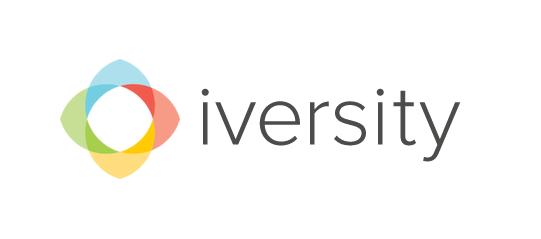

Share Your Story! ☝
DREAM TO BE AN EXPERT IN CORPORATE Digital learning
Richer Resources
the very resources for learning were transformed. Like many, I was slow to pick up on the significance of this digitization. Until I experienced the World Wide Web. Even in its earliest incarnation of straight hypertext and static images, I “got” that combined with the delivery platform of the Web, digital resources opened a new era for humankind. This is no overstatement. Comparable to the Gutenberg press, the Web has continued this “flattening of the hierarchy,” putting in the hands of everyone what was once available only to the elite. An early example was the Web Museum, posted by Nicolas Pioch in 1994, which shared Wikipedia-like information and images celebrating the greats from art history. Now anyone with an interest could survey art through the ages from any Net-connected computer. Led by the Fine Arts Museum of San Francisco, we have gone from a postcard-sized scan of the artwork to gain the ability to zoom into the finest of brushstrokes without losing clarity. I’ve used the visual arts as a case study to demonstrate a Gutenberg-like transformation in access from the few to the many. As previously mentioned, one principle benefit of digital learning is disintermediation, the ability of learners to connect directly with what they want. Those of us with any years behind them, can recall having to pay for a tape or transcript of an interview heard on public radio where now these and more appear free of charge via podcasts in digital audio & video splendor. From interactive Flash learning objects for primary students to online simulations and games for middle schoolers and even bridging senior students to courses and lectures at the world’s finest universities, a clear vision, appropriate for 2020,
Customization & Personalization
people to design and “build” something uniquely their own. In the same way, one of the key elements the digital learning enables is the personalization and customization of not only learning resources, but also the very experience of learning itself. In the first instance, by the time you read this, specialized search engines will be embedded in online learning systems that modify results and resources based upon individual profiles.
Engagement and Interactivitystrong text****
An early example familiar to everyone is Google Maps. Where once we had to wait for a new map to download everyone time we zoomed in, because Google Maps are built in AJAX (Asynchronous Javascript And XML – extensible mark-up language), additional views of the same map are loaded with the first view so that as we move and drag, the preloaded content is immediately available. Many Web sites take advantage of AJAX and Flash so that the Web is now a place to actually do work whether that means is to compose text, edit a video or use tools like Hans Rosling’s Gapminder to depict and interpret data. With such powerful tools available to every digital learner,
Global Publication
Once students use online tools to share their insights there’s nothing preventing those thoughts from joining a wider community of learners. Young students, led by enthusiastic, child-centered primary school teachers, currently enjoy using a growing range of friendly Web 2.0 applications to publish such things as Voicethreads, Glogs and Vodcasts. Tools such as these seem to appear daily so exactly what they are and do is less important than the fact that very young students already enjoy something very few previous generations of students had ever experienced: producing work for an authentic audience. This is the huge difference between “doing homework” that a teacher will “mark” and knowing that your creations will be viewed by a range of real people/
